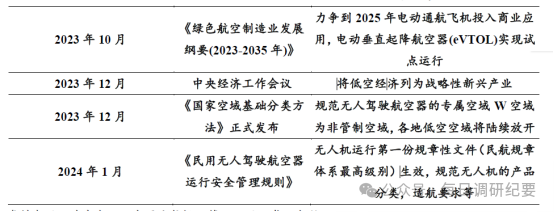论文标题:Role of flying cars in sustainable mobility
作者:Akshat Kasliwal, Noah J. Furbush, James H. Gawron, James R. McBride, Timothy J. Wallington, Robert D. De Kleine, Hyung Chul Kim, Gregory A. Keoleian
发表时间:2019/04/09
数字识别码: 10.1038/s41467-019-09426-0
原文链接:http://t.cn/E6F00TD
微信链接:https://mp.weixin.qq.com/s/C5zLelQXrnX1wGGQwodf4Q
本周《自然-通讯》发表的一篇论文Role of flying cars in sustainable mobility指出,电动垂直起降飞行器(VTOL),又名“飞行汽车”,作为未来可持续性个人交通工具可能作用有限。由于大部分汽车出行为35公里以下的短途运输,该模型研究发现,对于这类短途出行,VTOL会比地面车辆消耗更多能源,排放更多的温室气体。

图1: NASA GL-10 VTOL。图源:Kasliwal 等
交通部门需要在满足乘客需求的同时,减少空气污染和道路拥堵。虽然自动驾驶汽车和电气化有一定的帮助,但当前的道路拥堵仍是一项挑战。有建议认为,VTOL有望缓解这个问题。

图2:VTOL飞行情况。图源: Kasliwal 等
美国密歇根大学的Gregory Keoleian和同事利用基于物理的模型,分析了VTOL作为个人交通工具的能源消耗和温室气体排放情况,并将结果与传统内燃机汽车(ICEV)和纯电动汽车(BEV)进行了对比。作者发现,对于车辆容纳人数为1的100公里点对点行程来说,VTOL排放的温室气体比ICEV低约30%,但比BEV高40%。假如将VTOL用于提供空中出租车服务,作者对比了容纳人数为4的VTOL与平均容纳人数为1.54的汽车,结果发现VTOL每客座公里排放的温室气体比ICEV低52%,比BEV低6%。
摘要:Interest and investment in electric vertical takeoff and landing aircraft (VTOLs), commonly known as flying cars, have grown significantly. However, their sustainability implications are unclear. We report a physics-based analysis of primary energy and greenhouse gas (GHG) emissions of VTOLs vs. ground-based cars. Tilt-rotor/duct/wing VTOLs are efficient when cruising but consume substantial energy for takeoff and climb; hence, their burdens depend critically on trip distance. For our base case, traveling 100 km (point-to-point) with one pilot in a VTOL results in well-to-wing/wheel GHG emissions that are 35% lower but 28% higher than a one-occupant internal combustion engine vehicle (ICEV) and battery electric vehicle (BEV), respectively. Comparing fully loaded VTOLs (three passengers) with ground-based cars with an average occupancy of 1.54, VTOL GHG emissions per passenger-kilometer are 52% lower than ICEVs and 6% lower than BEVs. VTOLs offer fast, predictable transportation and could have a niche role in sustainable mobility.
阅读论文全文请访问:http://t.cn/E6F00TD
期刊介绍:Nature Communications (https://www.nature.com/ncomms/) is an open access journal that publishes high-quality research from all areas of the natural sciences. Papers published by the journal represent important advances of significance to specialists within each field.
The 2017 journal metrics for Nature Communications are as follows:
•2-year impact factor: 12.353
•5-year impact factor: 13.691
•Immediacy index: 1.829
•Eigenfactor® score: 0.92656
•Article Influence Score: 5.684
(来源:科学网)








 加载中,请稍侯......
加载中,请稍侯......
精彩评论